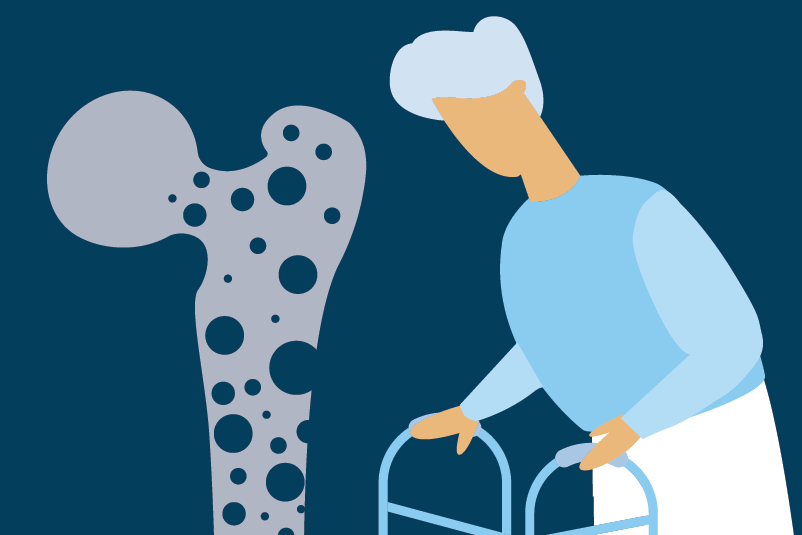#252 Electronic Cigarettes – Hoot that helps, hurts, or just hype?

Reading Tools for Practice Article can earn you MainPro+ Credits
Join NowAlready a CFPCLearn Member? Log in
- Smokers motivated to quit:
- 657 randomized to NEC, nicotine patch, or placebo electronic cigarettes (PEC).1 6-month abstinence:
- NEC 7%, patch 6%, PEC 4% (not statistically different).
- 886 randomized to NEC or any other type of NRT.2 12-month abstinence:
- NEC 18%, NRT 10%, NNT=13.
- 657 randomized to NEC, nicotine patch, or placebo electronic cigarettes (PEC).1 6-month abstinence:
- Smokers not intending to quit:
- 300 randomized to NEC, tapering doses of NEC, or PEC.3 12-month abstinence (NEC and tapered NEC combined):
- NEC 11%, PEC 4%, NNT=15.
- 1191 American company workers who responded to email invitations to participate in a smoking cessation trial were randomized to interventions below.4 All received cessation information. 6-month abstinence:
- Cessation information only: 0.7%.
- Cessation aids (NRT/cessation medications): 3% (not statistically different).
- NEC: 5% (not statistically different).
- Adding monetary rewards or redeemable deposits: 10% and 13%, respectively.
- 300 randomized to NEC, tapering doses of NEC, or PEC.3 12-month abstinence (NEC and tapered NEC combined):
- Adverse effects inconsistently reported in RCTs: throat/mouth irritation reported.2
- E-cigarettes are commonly used cessation aids.5
- While long-term safety data are emerging, cases of e-cigarette or vaping product use-associated lung injury (EVALI), including 48 deaths in the United States, have been reported.6
- THC-containing products were associated with 80% of reported hospitalized EVALI patients.6
- Vitamin E Acetate: might be the toxicant in THC related EVALI cases.7,8
- THC-containing products were associated with 80% of reported hospitalized EVALI patients.6
- CDC recommends against the use of THC-containing vaping products.6
- Survey data suggests that e-cigarette use may be an independent risk factor for developing respiratory disease (COPD, asthma).9
- Regulations should limit adolescent/young adult exposure to e-cigarettes.






